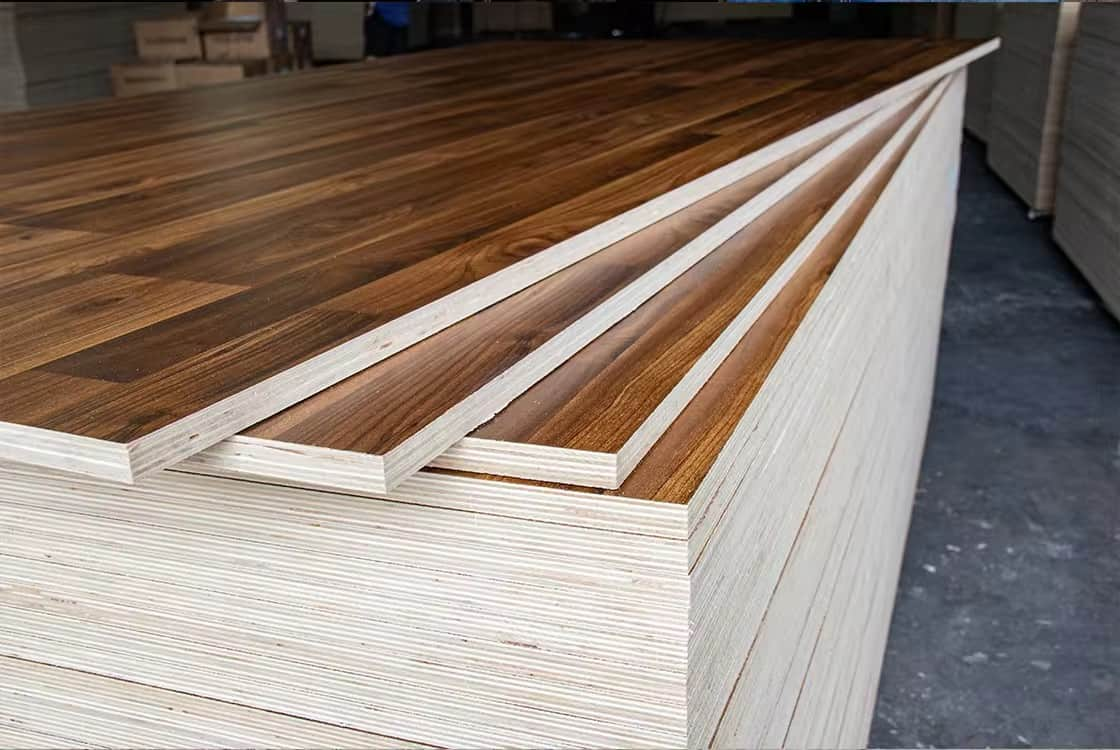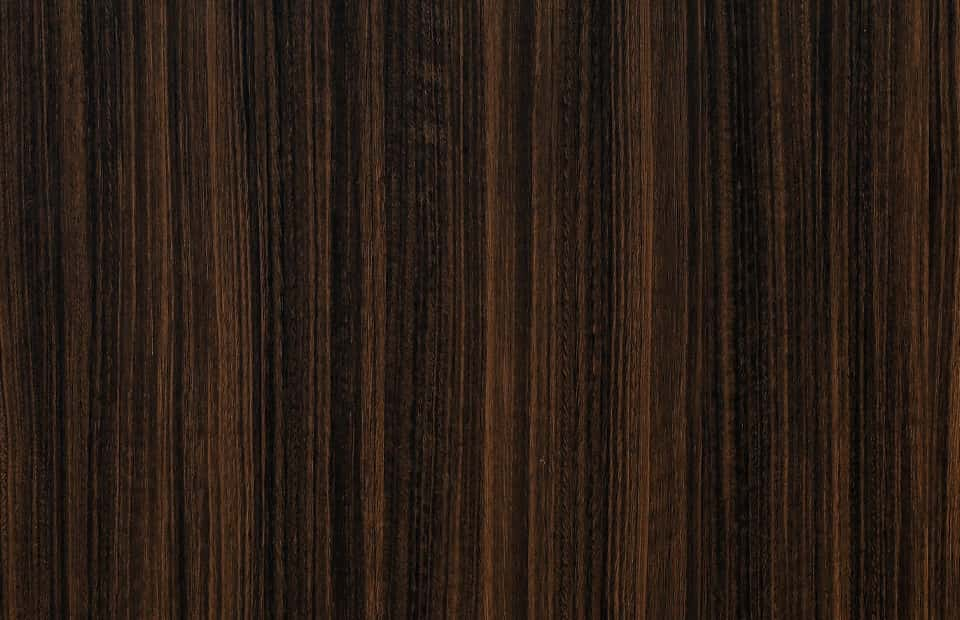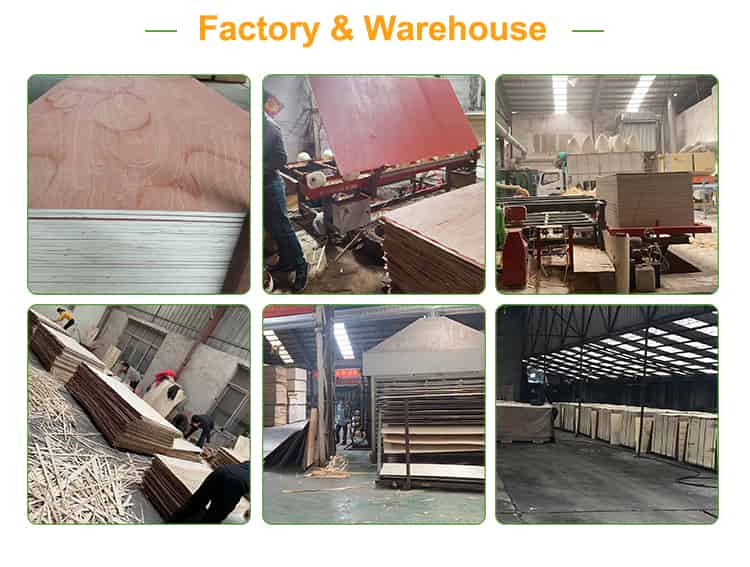OSB vs Plywood – A Comparative Analysis
In the realm of building materials, two prominent options often discussed in the same breath are Oriented Strand Board (OSB) and plywood. While both serve similar structural purposes, they do present distinct differences worth considering when making a selection for a specific project.
A fundamental distinction lies in the composition and manufacturing process of these boards. OSB is constructed by layering strands of wood in alternating directions with waterproof adhesives. The layers are then hot-pressed to form a rigid board with a distinctive pattern on its surface. On the other hand, plywood involves cross-lamination of thinner layers known as plies. These plies are arranged in perpendicular patterns, providing strength and stability across the panel.

The performance attributes of OSB and plywood differ significantly. OSB, being denser and heavier, offers superior load-bearing capacity, but it also means increased transportation costs. Plywood’s even structure contributes to its consistent strength, which can be beneficial for applications requiring high resistance to bending or twisting forces.

Durability factors into the decision as well. OSB’s moisture-resistant properties make it a suitable choice for outdoor projects or environments prone to humidity. However, plywood may outlast OSB in situations where it is protected from moisture, owing to its stable construction and less susceptibility to warping.
Cost is another critical aspect to weigh. In many cases, OSB is a more budget-friendly option due to lower production costs and the fact that it typically comes in larger sheet sizes. Conversely, plywood might have a higher price tag but could offer better value in the long run if the investment in durability is considered.

Appearance is a consideration that cannot be overlooked. The textured appearance of OSB gives it a rustic charm, while plywood’s smoother surface makes it a preferred choice for applications requiring painting or veneering.

In conclusion, whether OSB is better than plywood largely depends on the nature of the project at hand. For tasks demanding robust support and exposure to the elements, OSB is a reliable choice. Meanwhile, projects prioritizing aesthetic appeal or precise engineering might lean towards the uniformity and finish provided by plywood. Both hold their own merits and drawbacks, and the ultimate decision should reflect a blend of functionality, budget, and aesthetic preference.

